Session 4
1. Session 4
1.2. Inquiry 1
Session 4: Becoming an Early Childhood Professional
Inquiry 1: Thinking About Time
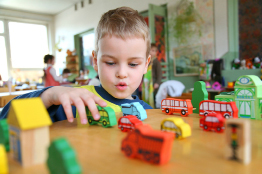
© Losevsky Pavel/shutterstock
When planning an activities program for a child care centre, you need to include some of the kinds of time that are described below. Just like you need alone time, together time, and activity time during the day, so do children.
Activity time refers to free play, playtime, or learning centre time, in which children make choices about what they play with. Preschool children absolutely need large blocks of time for this kind of play. Opportunities for development of fine motor, gross motor, intellectual, creative, social, and language skills should be provided. In each activity time block, it is important to balance between activities that need close supervision and those that the children can do with less direct supervision from an adult.
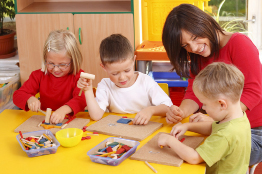
© matka_Wariatka/shutterstock
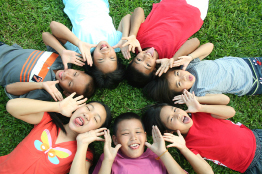
© paulaphoto/shutterstock
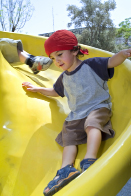
© Noam Armonn
/shutterstock
Large-group activities include circle time, story time, music time, and sharing time. These activities are directed by the teacher, but the children need to be actively involved. Activities should be relatively short to account for short attention spans.
Small-group activities include activities that allow a caregiver to provide closer attention to each child. These activities can include stories, songs, or a science activity.
Outdoor activities include playtime outside—this time should be a large part of the children’s schedule. Free play, large-group, and small-group activities must be incorporated into this time. Outdoor play should facilitate a wide range of gross motor activities, social skills, and intellectual and creative development.
Routines are the regular, predictable behaviours that are repeated every day: arriving and departing, cleaning up the playroom and playground, transitions, eating, resting, washing, and toileting. These routines provide valuable learning experiences.

© matka_Wariatka/shutterstock
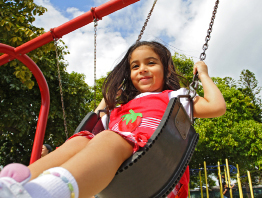
© Felix Mizioznikov/shutterstock
Guidelines for Program Planning
Some guidelines help child care staff combine these elements of the program in ways that are effective and meet children’s needs. Most of the guidelines are about balance.
When you are planning your program, keep these ideas in mind:
- Balance active times and quiet times. Provide opportunities to be physically active after a quiet time and to slow down after a period of high activity. Remember that children need time and support in making the transition between active and quiet times.
- Balance child-initiated and teacher-initiated activities. Some children need to expend much more physical energy than others. Making adjustments is always necessary. Guidelines for planning include balancing quiet and active times. You need to make sure that most of the activities are the children’s choices, require the children’s initiative, and are supported by the adult.
- Balance between developmental levels of children and activities. Infants and toddlers need much more time for routine care activities and have very short attention spans. For a three-year-old child, a five-minute small-group activity may be sufficient, whereas a five-year-old may want 20 minutes for an activity.
- No time should be wasted. Sitting idly on chairs waiting for snacks, lining up for the washroom, or waiting a long time to use a toy or equipment is wasted time that could be turned into learning time. If these times are used for conversation, singing, or developing self-help skills, the time is not wasted.